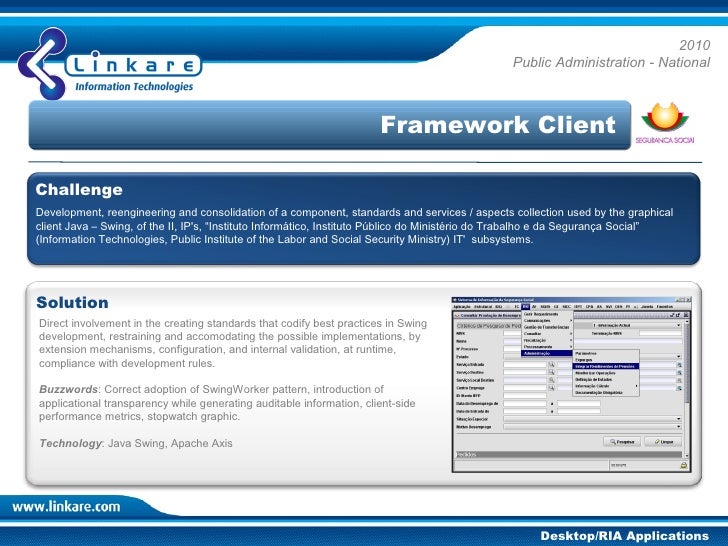
- #MIGRATE VISUALSVN USER ACCOUNTS TO APACHE HOW TO#
- #MIGRATE VISUALSVN USER ACCOUNTS TO APACHE INSTALL#
- #MIGRATE VISUALSVN USER ACCOUNTS TO APACHE UPDATE#
- #MIGRATE VISUALSVN USER ACCOUNTS TO APACHE MANUAL#
- #MIGRATE VISUALSVN USER ACCOUNTS TO APACHE PRO#
I have no idea where it's placed on Windows, but the file that needs changing will have the *.conf suffix, and will be fairly short. With Collabnet on Linux, it's under /opt/collabnet/etc/conf or something like that. There would be a conf directory containing the base nf file and a second directory called conf.d that contains the nf or svn.conf file that contains these changes. HowTo authors, please move your stuff to here. ManagingAccountCreation - controlling & restricting user accounts.
#MIGRATE VISUALSVN USER ACCOUNTS TO APACHE HOW TO#
How to perform externalcreationcheck on new accounts. Of course, I will use SubGit to make migration smooth, i.e.
#MIGRATE VISUALSVN USER ACCOUNTS TO APACHE UPDATE#
Each Subversion repository may contain one or more projects. We are glad to officially announce VisualSVN Server 4.3 and new versions of VisualSVN for Visual Studio that bring an update to Apache Subversion 1.14 LTS (Long-Term Support) release. One of the most common Subversion servers configurations is Linux server with Apache and moddavsvn module serving one or more Subversion repositories. If this was Linux/Unix, the files would be under /etc/httpd. Windows with Apache Server - standard Apache or VisualSVNs Apache distribution. Today I’d like to describe how to migrate from Svn to Git, minding existing infrastructure.
#MIGRATE VISUALSVN USER ACCOUNTS TO APACHE MANUAL#
The Subversion manual has the information you need. In this case, your URL would be As I said, you have to modify the Apache setting yourself, but it's not that difficult. However, this way allows you to specify the root directory. This allows you to configure one and only one Subversion repository each time. If your Apache server is and you have a subversion repository svn under /opt/repos/svn, your URL for that repo will be The advantage is if you want another Subversion repo, you can simply add it to the /opt/repos directory, and it's all configured. Create and manage user accounts and roles. This Web application gives access to all management and administration functionalities for an integration project, allowing users to (depending on their role): Create and manage projects. Most automated systems use this method because it gives you an easy way to configure multiple repositories with only a single Apache configuration. The Apache Tomcat server is an application server that hosts Talend Administration Center. When you use this method, all Subversion repositories under /opt/repos will be in Subversion under the /svn directory. There are two ways to configure Subversion in Apache: Way #1: Use a parent directory Log in 0 item Thanks to the developer of SVN Server It is very easy to install, because it is a simple App from the App Store.
#MIGRATE VISUALSVN USER ACCOUNTS TO APACHE PRO#
VisualSVN is easier to use, but will overwrite any change you make in the Apache configuration unless you get the Pro version. Subproject: http (read-only) https (committers) View-SVN: websit User account menu. To do that, you probably have to use CollabNet's Subversion Edge. More info on Subversion (SVN) can be found at .įor more info on Synology in General and Synology Disk Station Manager in particular visit synology.You might have to (gasp!) manually configure it. In the next “How to”, I will show you how to set up a SVN client in Eclipse Luna… To track tree changes Subversion should be made aware of them. If you perform a tree changes such as move or copy with regular filesystem commands, Subversion will not know about this operation. Subversion requires explicit tracking of tree changes. 3690 is the default port for SVN Server.Īll in all it took me ten minutes to set up a SVN server and start committing data to it. Subversion does not use heurisic-tracking for tree changes in a working copy. Accessible for the created user via URI “svn://:3690/projects”. Configuring the repository… Adding a user…Īn up and running SVN repository in a LAN. All we have to do now is add a user for accessing the repository. Type in a new repository name and a realm. Open SVN Server and add a new repository ( Control Panel -> SVN Server -> Add). Which leads us to the second – and last – step.Īfter successfully installing SVN Server, it is time to create a new repository location. Log in to your NAS and head over to the “Package Center”.
#MIGRATE VISUALSVN USER ACCOUNTS TO APACHE INSTALL#
First you have to install SVN Server on your Synology NAS. To set up a SVN Server only requires two actions.



 0 kommentar(er)
0 kommentar(er)
